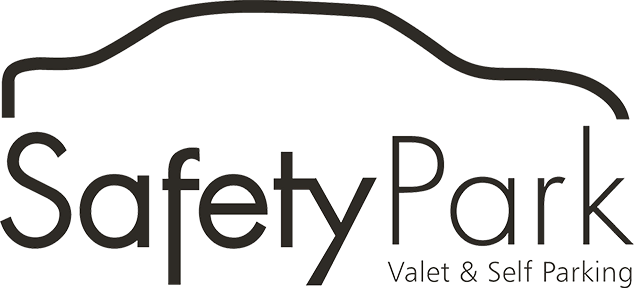- in Parking , vehicle by safetyparkvalet
Planning Your Parking

There are no limits to the ideas and ways to transform a parking space. Though the concept of a 9’x18’ park is simple, the sheer number of options and ideas can often leave you overwhelmed or worse, in over your head. It is good to remember that your park can be as simple as a place to sit, read, talk or relax.

Site Constraints-Dimensions. The dimensions for a typical parking space are 9 feet by 18 feet. If you are planning two spaces, you should plan for 9 feet by 40 feet. When you are considering ground cover that equals 168 square feet and 360 square feet, respectively. (*note: If you are planning to use sand, gravel, or other loose materials, you will need to use a liner to allow you to remove these materials easily.)
Cant. The street is not a flat surface. Streets are designed and constructed with a curve (called a “cant”) to allow stormwater to drain quickly. If your idea requires a flat surface or if you have vertical structures, take the slope of the road into account and plan to bring some material to make onsite adjustments and to allow you to level or anchor your structure(s).
Curb Height. The curb varies between 6 and 8 inches above the level of the street. A seamless transition between the curb and your park is not necessary, but it can be used to the advantage or your park design.
Barriers. it is highly encouraged to incorporate a barrier between their park and the street. And, if your park is next to a parking space not designated for park(ing) Day, to add a barrier between your park and the space next to you. This increases your visibility to drivers, and helps visitors to your park feel safe.
Programming-Activities. Plan some type of activity in your park. That can be as simple as providing seating, books, arts & crafts, or board games. Plan for people to use your park, and give them something to do or talk about while they are there.Handouts there are restrictions for any signage, food, or promotional materials that can be distributed at park(ing) Day.
Materials- Cost. Creating a park can take both time and a money. The good thing is, you get to determine how much time and money you are willing to invest in your park . Set your budget early, to help you make good decisions in the planning and building process.
Recycle and reuse. Ways to reduce cost and make building your park easier are to use materials you already have sitting around, look for salvaged materials, and ask for donations. Since this is a one day event, have a plan for your materials after the event is over. Either reuse the materials or structures for something else, or plan on returning them to the original donors.
Think light. Large or heavy structures will be difficult to set-up, and even more exhausting to take down. We advise only using parts that 2 individuals can lift.
Setting Up Your Park- Transporting your park. To make set-up easy for you and your neighboring park, plan to bring all of your materials in one car/truck load. The street will not be closed before, during or after the event and there will be normal weekday traffic.
Unloading. Do NOT block traffic to unload your materials. Pull into a parking space adjacent to your assigned park, and get your materials out of your vehicle as quickly (and safely) as possible. Once everything is unloaded, move your vehicle so that other park can unload as well.
Assembly. Once your car/truck is stored elsewhere, begin assembling your park. Practice assembling your park before the park(ing) Day. This will let you know how many people and what tools you need to bring with you.
Taking Down Your Park- Disassembly. Practice this before the event as well! You should consider incorporating storage for the tools you need to disassemble your park into the park design so that you have what you need on hand for repairs throughout the day.
Loading. To reiterate, Main Street will not be closed to traffic during or after the event. If you are using a vehicle to transport your materials away from the event, you may need to pull into your own parking space to load materials. You can also coordinate with your neighboring park to make loading easy. Do NOT block traffic to load your car/truck.
Clean-up. Leave no trace of your park in the parking space. Bring shovels, brooms, gloves, trash bags and whatever else you may need to pick up after your park.
